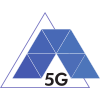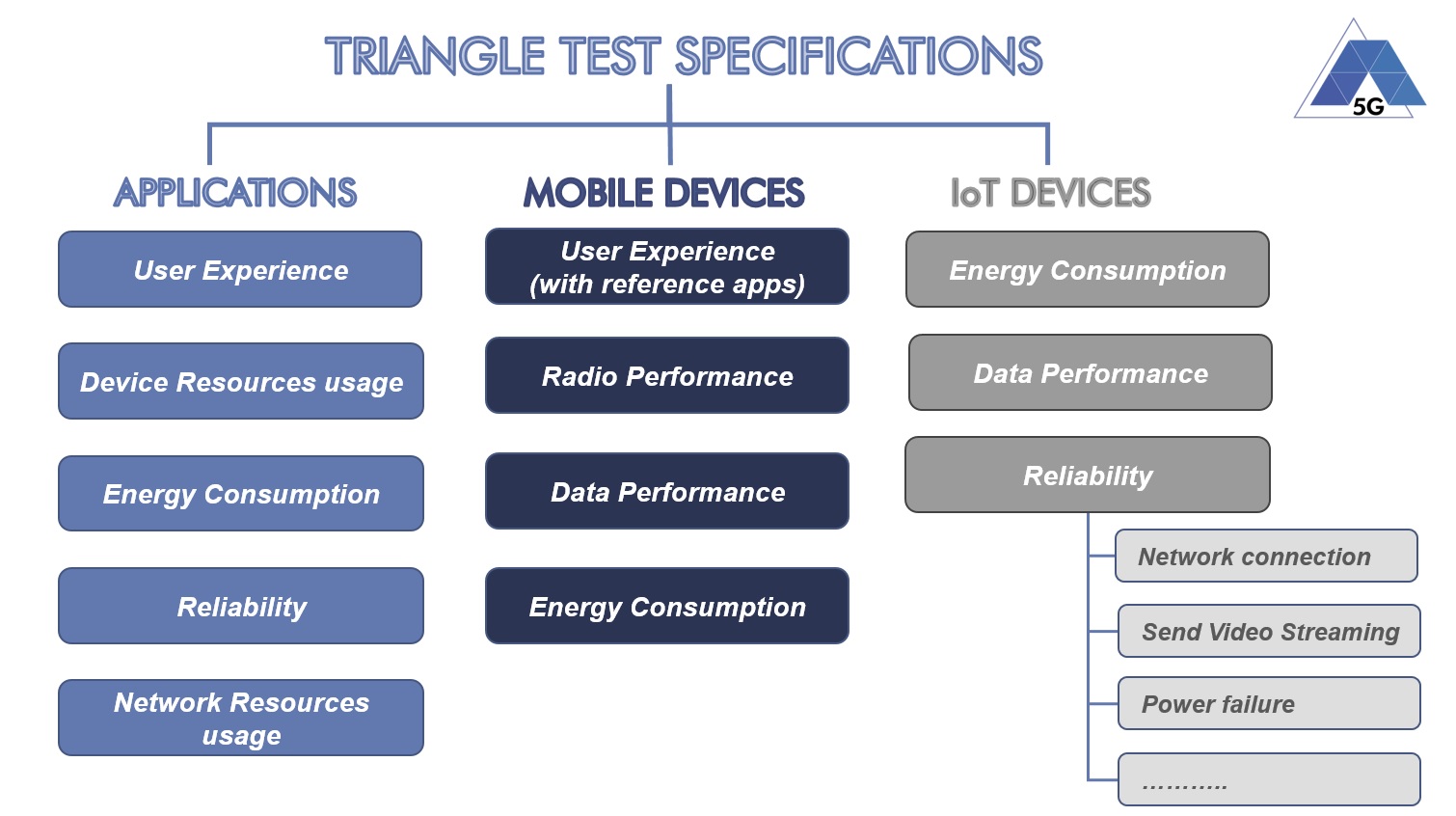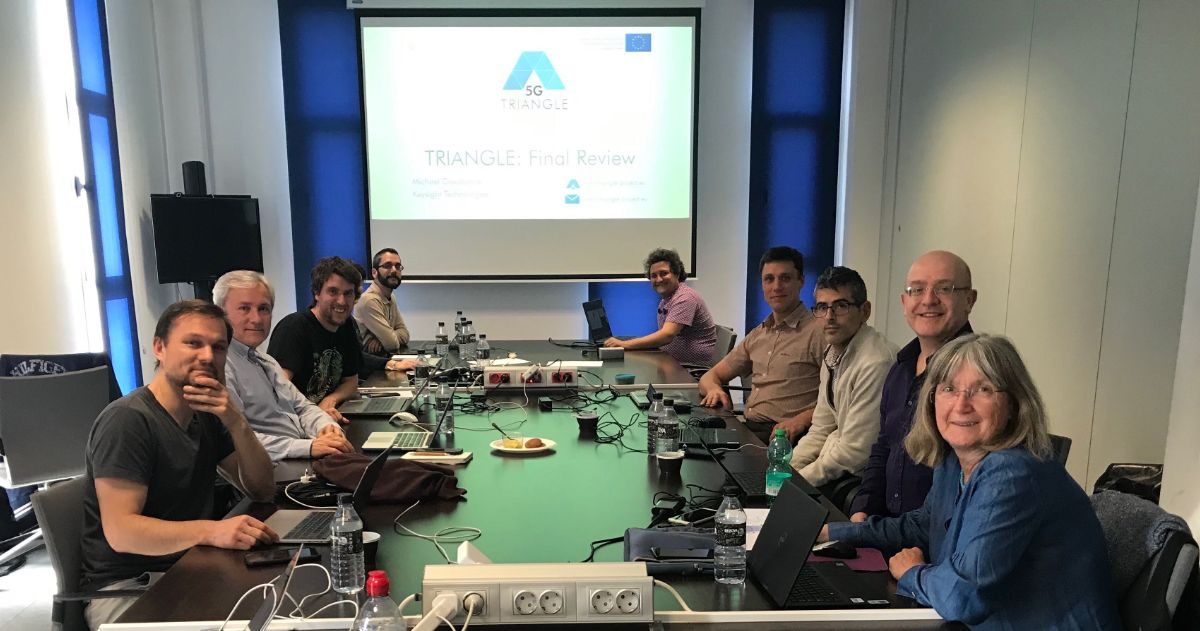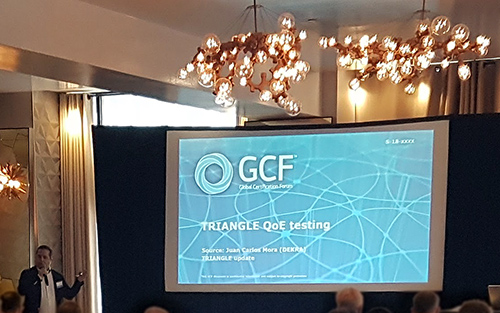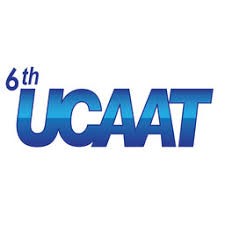
One of the key objectives of the Triangle project was to develop an automated process for evaluating the QoE (Quality of Experience) for the end user of an application or a device. The success of 5G (the fifth generation of mobile communications), and to some extent that of 4G, depends on its capability to seamlessly deliver applications and services with good QoE. Along with the user, QoE is important to network operators, product manufacturers (both hardware and software) and service providers. However, QoE as such, is not well defined for devices or applications and QoE measurements require intensive human experiments. It is therefore currerntly difficult to assess QoE at the service level.
The TRIANGLE project has been working on QoE aspects to advance the state of the art. The main contribution of the TRIANGLE project is the provision of a framework that generalizes QoE computation and enables the execution of extensive and repeatable test campaigns to obtain meaningful QoE scores. The TRIANGLE project has also defined a methodology, which is based on the transformation and aggregation of KPIs, its transformation into synthetic Mean Opinion Score (MOS) values and its aggregation over the different domains and use cases. The process produces a final TRIANGLE mark, a single quality score that could eventually be used to certify applications. The approach developed in TRIANGLE is a methodology flexible enough to generalize the computation of QoE for any application/service. The methodology has been validated testing the Dynamic Adaptive Streaming over HTTP (DASH) implementation in media player Exoplayer.
The complete work on the QoE evaluation framework has been released in TRIANGLE Deliverable D2.7 which can be requested from the consortium. Aside from the deliverable, the TRIANGLE consortium will also shortly publish a paper entitled “QoE Evaluation: The TRIANGLE Testbed Approach” in the special issue Testbeds for Future Wireless Networks of the Wireless Communications and Mobile Computing journal https://www.hindawi.com.

